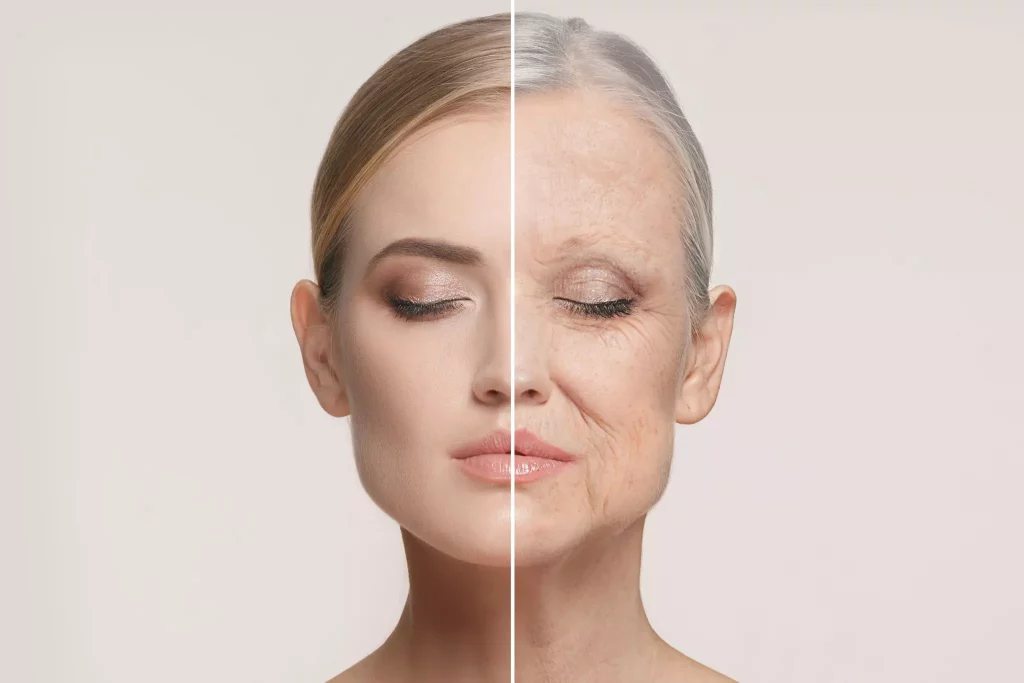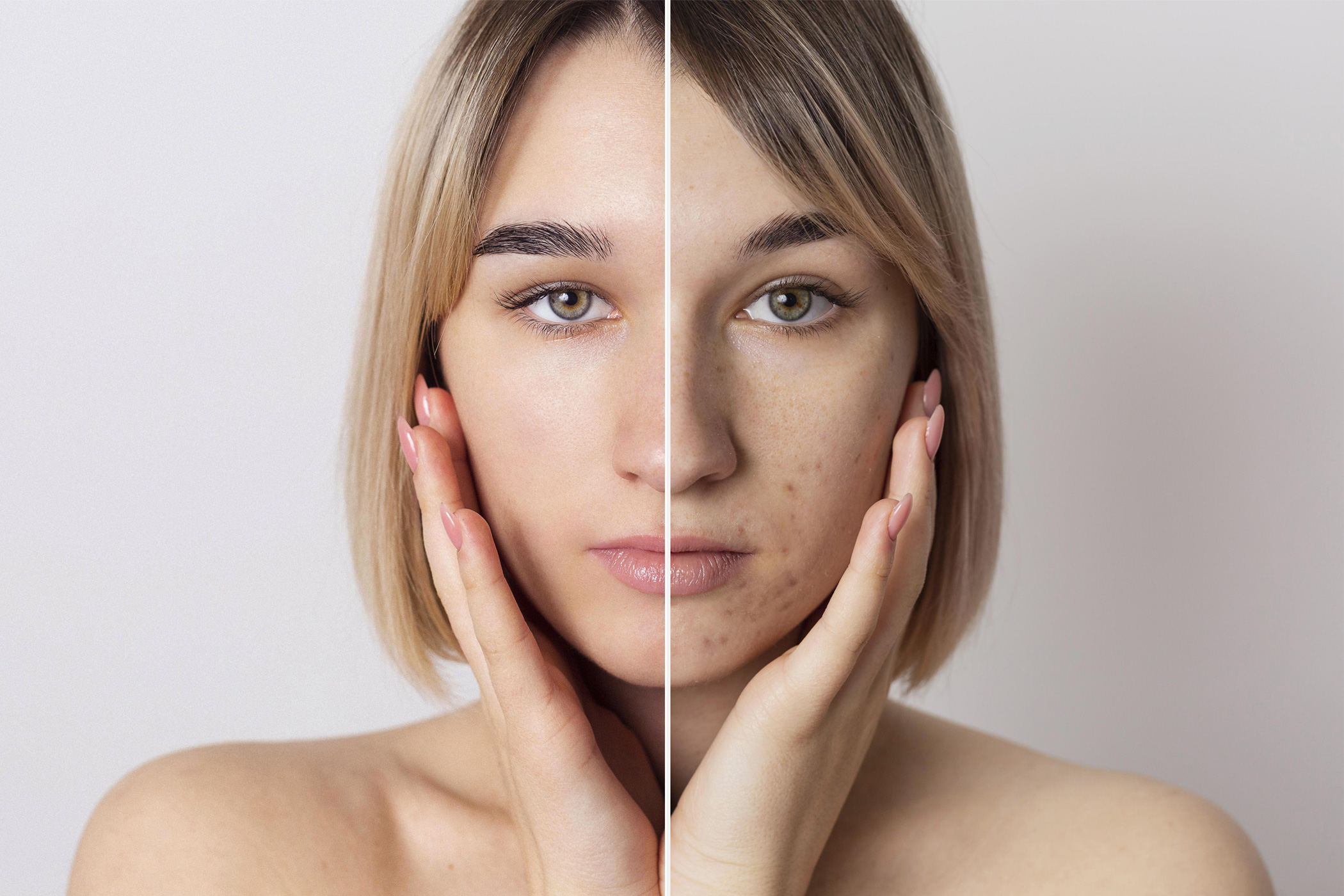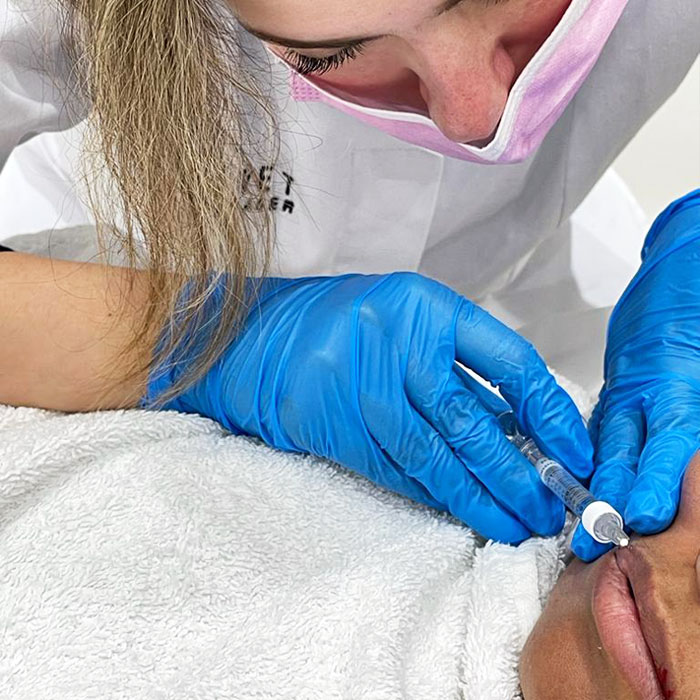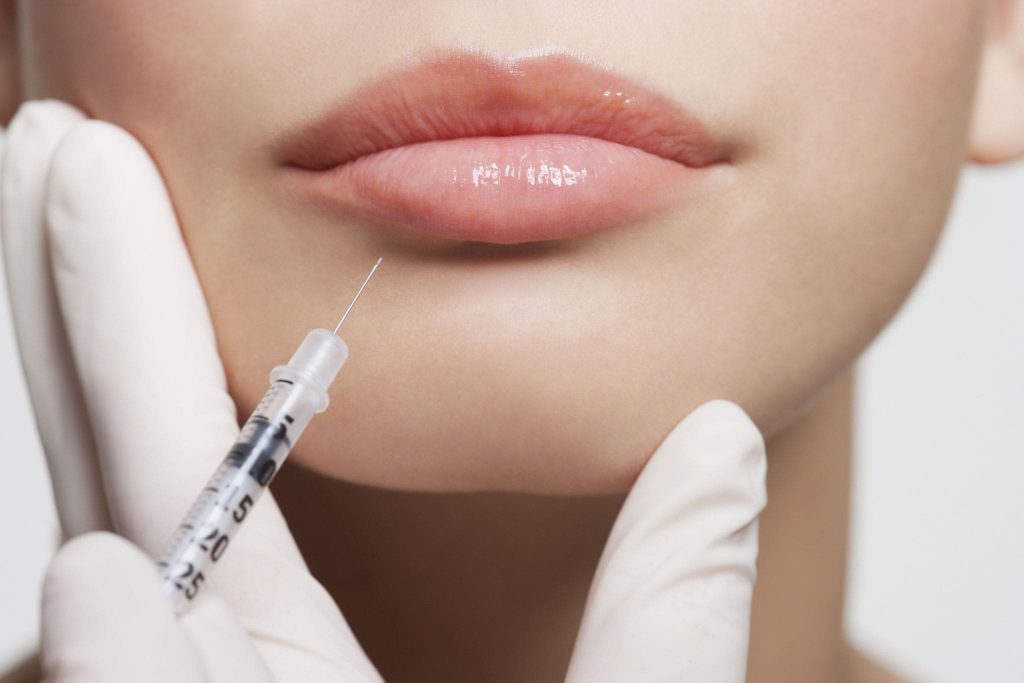Face Treatments
MORGAN
Sessions
1-6
Result Duration
6 Weeks
Treatment Time
30min - 1h
Back to work
Immediately
Results
6 Weeks
Potential Risk
Temporary mild redness and tenderness
Potential Risk
Temporary mild redness and tenderness
Morgans are red moles, also known as cherry angiomas, are frequent skin growths that can appear anywhere on the body.
They are also known as Campbell de Morgan spots or senile angiomas. They are most common in adults over the age of 30.
Cherry angiomas have a crimson hue due to the concentration of tiny blood vessels within them. Campbell de Morgan spots, commonly known as cherry angiomas, are benign skin lesions that arise from proliferating, dilated capillaries and post capillary venules in people of middle to older age.
Campbell de Morgan, an English surgeon, was the inspiration for their name. Unless it bleeds frequently or varies in size, form, or colour, this type of skin growth is usually not a cause for concern. Surprisingly, these could be skin cancer symptoms.
Want vibrant skin results?

Morgan’s spots look denote to red moles. The look of cherry angiomas gives them their name. The dilated capillaries give them a brilliant crimson colour.
Cherry angiomas, on the other hand, can come in a variety of colours, including blue and purple. To identify a cherry angioma, your doctor will examine the tumor on your skin. In most cases, no additional testing is required. A skin biopsy is sometimes used to diagnose the problem.
Morgan causes are in fade; however certain people may be predisposed to them due to a hereditary component.
Pregnancy, chemical exposure, certain medical disorders, and climate have all been related to them. There seems to be a correlation between cherry angiomas and age as well.
They usually occur around the age of 30 and seem to grow in size and number as people get older.
Mustard gas, 2-butoxyethanol, bromides, and cyclosporine are some of the chemicals and molecules that have been linked to cherry angiomas.
The lesions may need to be removed on rare occasions if they catch or if they are unsightly. Curettage, pulsed dye laser, electro cautery, and excision are all therapy options if removal is required.
Sclerotherapy has also proven to be beneficial. Make an appointment with your doctor if you detect any changes in the appearance of a red mole.
When the appearance of a lesion or growth changes or the diagnosis is unknown, it is critical to have it examined.
Skin cancer and other serious disorders will be ruled out by your doctor. To diagnose or rule out other disorders, your doctor may do a biopsy, which entails removing and evaluating a tiny sample of the area or the entire lesion.
Ready to feel younger?
MORGAN Treatments
MICRODERMABRASION TREATMENT
*Disclaimer* The results may vary as everyone it not alike. A number of factors plays a role in the results such as age, lifestyle choices and medical history.

BEFORE

AFTER
MICRODERMABRASION TREATMENT
*Disclaimer* The results may vary as everyone it not alike. A number of factors plays a role in the results such as age, lifestyle choices and medical history.

BEFORE





